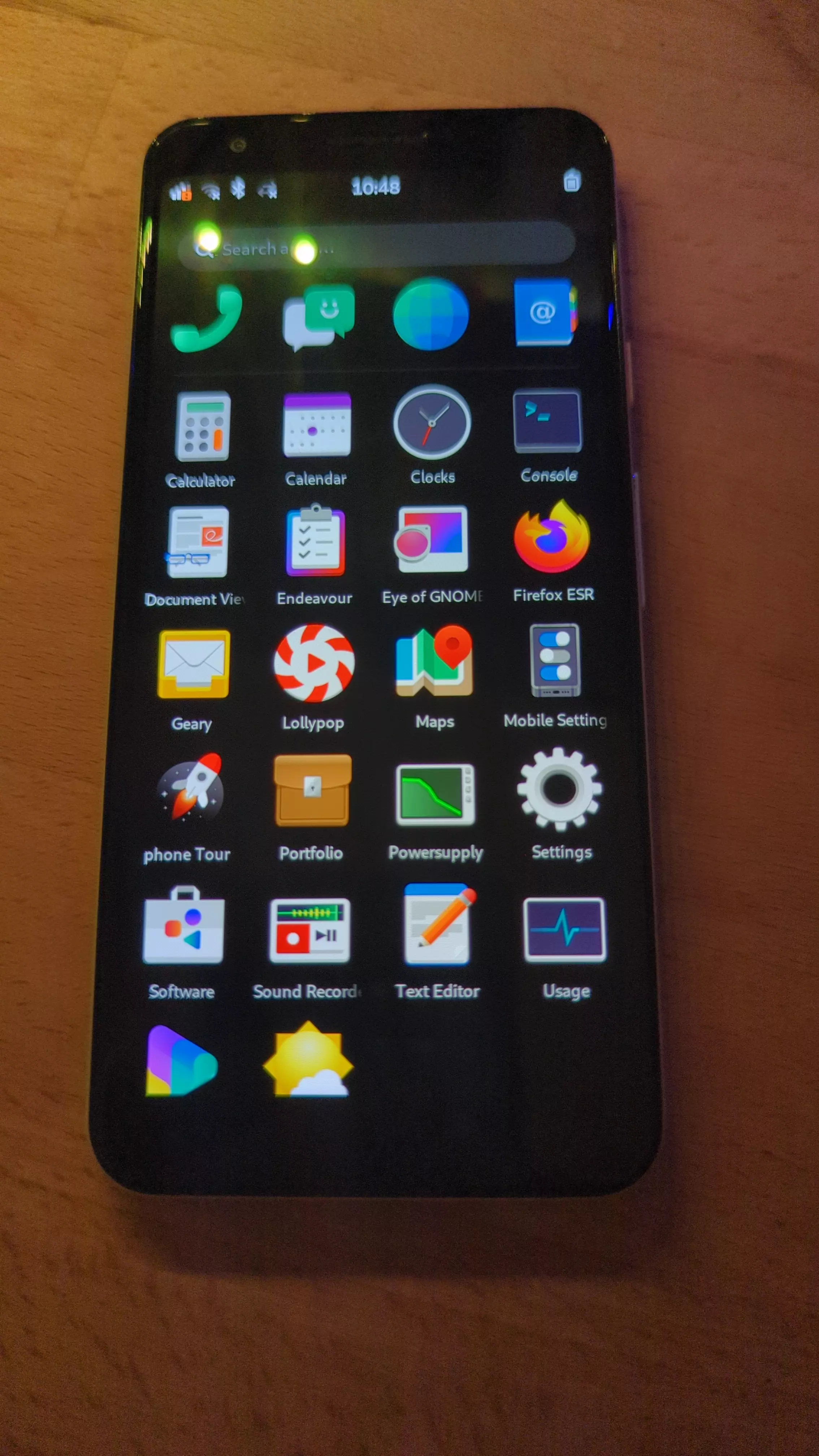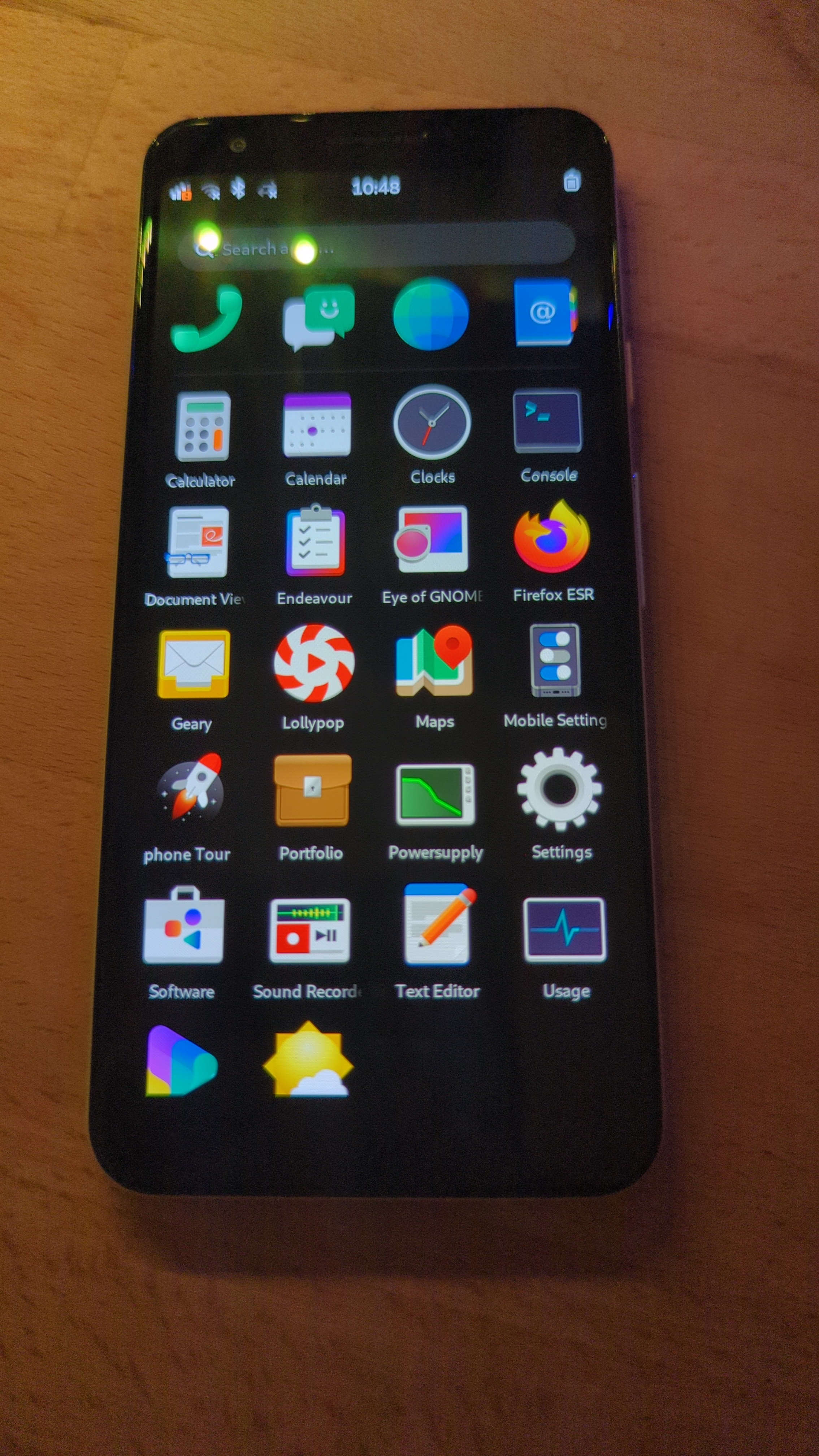Nope. Not what the question is about. This requires an admin user to create an invitation in the admin backend. I want a way to let users do that.
erebion
I read the whole thing, but my brain decided it should replace IRC with XMPP while reading, so it made less sense. xD
I thought IRC would be quite simple
which is not a good experience
This made me think of Matrix. I don't want to hate on it, it's just annoyingly slow, even though users seem to like it for some reason.
Are there other services that offer something similar?
What types of phone would you pair your smartwatch with?
- [ ] Android
- [ ] Apple
Yeah..
Currently using it with a Linux phone...
This is huge news for Pebble users! \o/
Exciting times we live in!
I'll definitely buy two watches just because I want to live in a reality where Pebble exists. Then I'll give one to a friend, I guess.
Try Phosh. That one works well.
be sure to not use greeter logins and disk encryption as the on-screen keyboards (OSK) don’t work outside the DE. also, issues with non-US keyboard layouts.
Just set up unl0kr and keep safe, no need to use an installation without encryption. It's not even difficult, mainly just requires installing the package and adding the unlock script path to crypttab.
It's nice to have a device with FDE and Secure Boot, gives peace of mind in case that thing ends up in the wrong hands.
I doubt that. Signal has slow development, there aren't new features all that often.
I just realised I did not link to my most recent post, but the one before it. This one is two months newer: https://lemmy.sdf.org/post/22388672
This was the state three months ago. Quite a few things changed, I will definitely post an update once I find the time.



I already have an invite flow that users will arrive at and go through when signing up, now I want to let users create invites for other users. That page does not mention anything about that. It seems to be about adding a flow that asks user for details such as an email address and then they get their account.
In my case users have already gone through that and want to invite someone else.
I already have enrollment invitation URLs. Just not automatically. I wrote a script that uses the API for that purpose.
The docs even mention this about the flow: